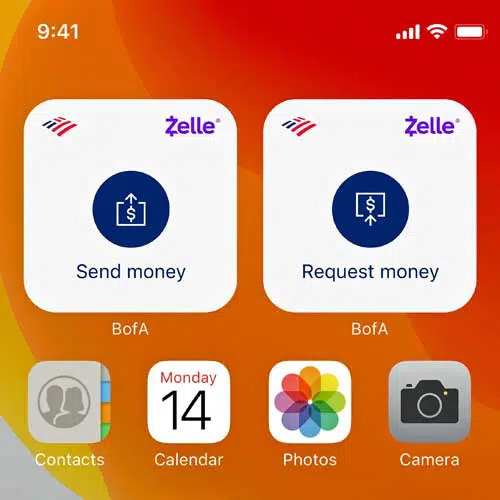Signs continue to mount that peer-to-peer payments are being adopted by businesses, and in turn could be encroaching on card payments at the point-of-sale.
A recent survey of 530 small businesses conducted by The Strawhecker Group and titled “P2P Payment: A Disruption To Plastic?” reveals that 82% of small businesses reported accepting at least one form of P2P payment. Within that group, merchants reported accepting 59% of their total payments using digital P2P options. The survey was conducted for the Electronic Transactions Association during February and March.
The growing adoption of P2P payments by businesses comes a little more than two months after reports that Bank of America and Wells Fargo are leading a drive to push Zelle, the peer-to-peer payments service operated by Early Warning Services LLC, into retail payments.

While the bank owners of Zelle are weighing an expansion of the network at the point-of-sale, Zelle is not the most popular form of P2P payment among merchants. PayPal tops the list, with 62% of respondents saying they accept it, followed by Block Inc.’s Cash App (41%), Venmo (37%), Zelle (27%), Google Pay (21%), and Apple Pay (20%)
One factor that could lead to broader adoption of P2P payments by merchants is that 92% of businesses surveyed said they are happy or very happy with their P2P payments experience. In addition, the survey points out that 35% respondents also reported having a traditional merchant-services provider.
Key reasons why merchants like P2P include: it is convenient to set up; the payment option is contactless; and it is cheaper to accept than purchasing a card reader. Other factors include widespread use of P2P among consumers, as well as what respondents see as younger consumers’ embrace of the payment option.
“Open banking is a key movement in commerce,” The Strawhecker Group says in the survey results. “As P2P methods continue to see adoption with more consumers experimenting with side hustles to generate supplemental income, there is also a push among financial institutions for P2P methods to move upstream to larger businesses, powering the market overall and furthering a bright future for P2P.”





